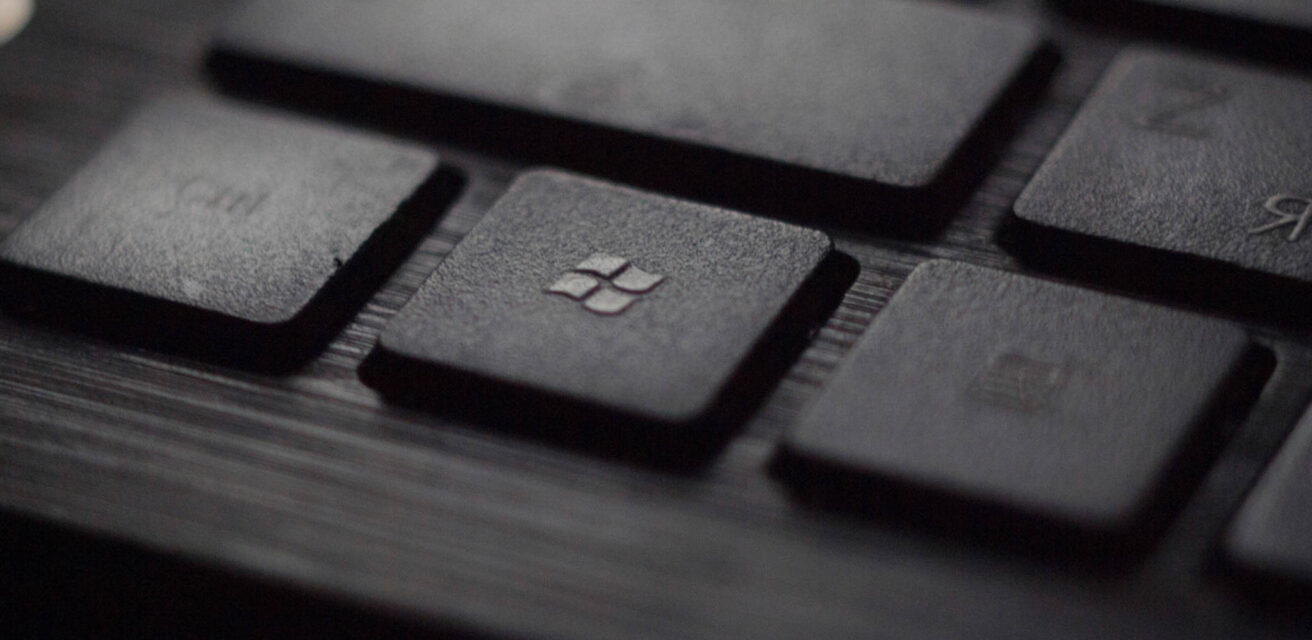
Proofreading Tips: How to Save Your Revisions in Microsoft Word
To work as a freelance proofreader, it’s essential that you know the basics of popular word processing software such as Microsoft Word. One of the Microsoft Word tools that proofreaders use is the Compare feature, which allows you to generate both a Clean copy and a Track Changes copy to return to the client. Does this sound confusing? It’s easier than you think!
Keep reading to learn more about this process and how to produce different versions of the Word documents you work on.
Different Versions of a Document
Whether you choose to freelance or work with an agency like Proofed, you should know how to track the changes you make when proofreading. Why is this important? Clients want to see the edits you’ve made to their text so that they can choose whether to accept them. If clients have no way to see your edits, this process becomes difficult (especially with larger documents).
Using the Compare feature, you can accomplish this by creating three copies of the document: an Original, a Track Changes copy, and a Clean copy. Let’s review the steps below.
What to Do First
Let’s start with the basics. Download the Microsoft Word file of the document you’ll be proofreading. To create an “Original” version, click “save as” and add “Original” to the beginning of the document name. Now you have an original of the text that you use to compare against your finished version.
Next, save the document again, this time adding “Clean Copy” to the name. This is the version you’ll be proofreading and where you should make all your changes. Make sure “Track Changes” is turned off as you proofread.
How to Use the Compare Tool
After you’ve finished proofreading and saved your edits for the final time, it’s time to create a Track Changes copy. To do this, follow these steps:
1. Open Compare in the Review menu. Enter the Original on the left side and the Clean copy on the right side.
2. Click Compare.
3. A new document will be generated that shows all your tracked changes.
4. Save this document with “Track Changes” in the name.
You now have three documents. (It’s helpful to create a folder for the document when you first download the original to keep them together and organized.)
If you realize that there are any other changes that you need to make, make them in the Clean copy only. Then repeat the process and replace the Track Changes copy.
While this is the method used by our editors at Proofed and is one of the processes taught in our Becoming A Proofreader course, it’s important for all freelance proofreaders to learn. There are other ways to track changes in Microsoft Word, so if you’re ever unsure about what method a client prefers, it’s best to ask before you begin work on a project.
Becoming A Proofreader
Want to learn more about the proofreading process? Consider our Becoming A Proofreader course. We’ll teach you everything you need to know about starting a freelance proofreading business. And if you pass with a distinction score of at least 80%, you’re guaranteed work with our partner company, Proofed. Claim your free trial today!



Leave a Comment
Your email address will not be published.